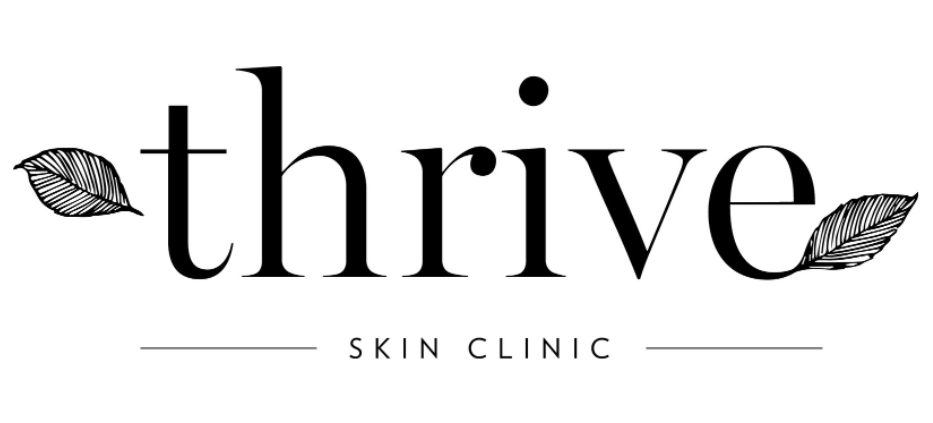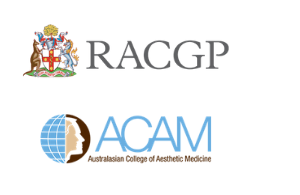✨ Let's Talk About Maskne ✨
/For the past few months, I’ve been seeing the term ‘maskne’ on socials, and I’ve been receiving feedback that it’s time for me to unpack it- what does it mean, how is it caused, and how do we avoid it. Simply, the term ‘maskne’ is a combination of the words ‘mask’ and ‘acne’, and it is a relatively new term used mostly on social media during the COVID-19 pandemic. It is used to describe the facial issues accumulated from wearing a mask, or other personal protective equipment. For the purpose of this post, I’m going to stick specifically to masks, as we are all required to wear them at the moment, inside, outside, everywhere and anywhere. In a dermal setting, we see skin issues from mask wearing that go beyond acne symptoms, we see irritant and allergic contact dermatitis as well as exacerbation of rosacea symptoms and much more. Currently, there’s not a myriad of articles to source genuine information about this new age term, but when Dr Jemima Grant sent me a journal article about ‘maskne’, I was smiling from ear to ear - now’s the time to post!
As outlined in the journal article which I’ve referenced below, ‘maskne’ has been strongly highlighted in the media, most commonly to state that acne and dermatitis can both occur from mask wearing. It’s also very interesting to see that studies are currently happening so we can eventually begin to track figures and the severity of adverse skin reactions to masks. Now let’s talk practically, as I am hearing that more and more clients need help with their ‘maskne’ challenges. The skin issues that are happening from mask wearing are created from one or more of the following being present:
✨ A moist environment created by the mask.
✨ Warm temperature underneath the mask.
✨ Compression of the mask on the face.
✨ Disabled air flow to the skin.
✨ Friction of the elastic behind the ears or on the bridge of the nose.
Personally, I’ve battled with breakout after breakout of acne lesions from mask wearing, true ‘maskne’ indeed. The humid environment inside my mask creates the ideal ‘jacuzzi’ for bacteria to thrive, colonise and celebrate their win. Specific mask-related issues that I see in my clients as a Dermal Clinician are either a progressed condition from something that the client has had previously, or a newly presenting issue since they began wearing a mask. Below I’ve listed only some of the things I’m seeing on my mask wearing clients as a result of the above causes:
🌿 Pimples and pustules around the cheeks, nose, chin and jawline,
🌿 Irritation around the nose bridge, cheeks and jawline,
🌿 Excess oil around the nose and chin,
🌿 Blackheads on the outer cheeks,
🌿 Redness, swelling, irritation of areas that sit under your mask, or
🌿 Exacerbation of previous acne/eczema/dermatitis conditions.
If you read the list and nodded your head to at least one thing, well ‘maskne’ has affected you too. I’d highly recommend booking in a virtual consultation with myself, or another clinician here at Thrive Skin Clinic, so we can assess your skin individually, and make a plan for repair and change. Each consultation will allow us to create a personalised prevention and treatment plan.
You are not alone!
Until we get the chance to see you, there are some measures we can all take to prevent ‘maskne’. Below are key points that I find help with eliminating or decreasing facial issues from mask wearing:
Have regular mask-free times. This is so important. Try and spend some lockdown days at home where you can be 100% mask-free, all day long.
Choose the right mask:
✨ Allergen free- Check what your mask is made from, and if you have allergies to such things as nickel, preservatives, rubber, ensure your mask material avoids these.
✨ Preference to cotton or silk masks- Use 100% cotton or silk masks, and wash as per maker guidelines. I’d encourage you wash them using a high temperature wash if possible, and air dry them thoroughly.
Ensure your mask is well-fitting- no pressure that’s too firm on the bridge of the nose or too tight behind the ears.
If you need to use a disposable mask, keep them to one use and dispose. These masks are not meant to be reused, and bacteria from our hands and surroundings can easily invade the mask surface in between uses.
Skincare is key!
If your skin is sensitive, dry, irritated etc:
Protection = Prevention. Barrier balms can be used on your skin before fitting your mask. Synergie’s OccluSiderm can be applied in a very thin layer to protect and soothe tight, dry, or inflamed skin.
If you are experiencing dryness, a light moisturiser or a zinc-based product such as Synergie’s UberZinc can help your skin by serving as a calming and soothing layer.
If your skin is oily, resilient, breakouts etc:
Ensure you are cleansing your skin twice daily. A gentle yet effective gel cleanser is usually best, such as Synergie Ultracleanse, or Saving Daylight- The Cleanser.
Using retinoid products if suited (not for pregnancy or lactation, broken skins or other) can help regulate and normalise skin activity.
Keep up exfoliation to 2-3x a week if suitable.
Avoid oil based topical products.
Other things to keep in mind for all skins is the way in which you keep your mask and hands clean. Washing your mask with fragrance-free sensitive detergent may be best for most skins, and ensuring they are completely dry before applying. Your hand hygiene is imperative, as bacteria on the hands can harbour on your mask if you are fitting, fiddling, or taking your mask off. Thoroughly washing your hands multiple times daily, or using a hand sanitiser for those moments when you can’t wash, is vital in keeping ‘maskne’ at bay.
In order to protect ourselves and others we all need to wear our masks. If you are experiencing symptoms of ‘maskne’ and book in for a consultation with Dr Jemima Grant.
xxx Amanda Younan
Reference of the journal article used:
‘Mask related acne (“maskne”) and other facial dermatoses, BMJ 2021;373:n1304’






